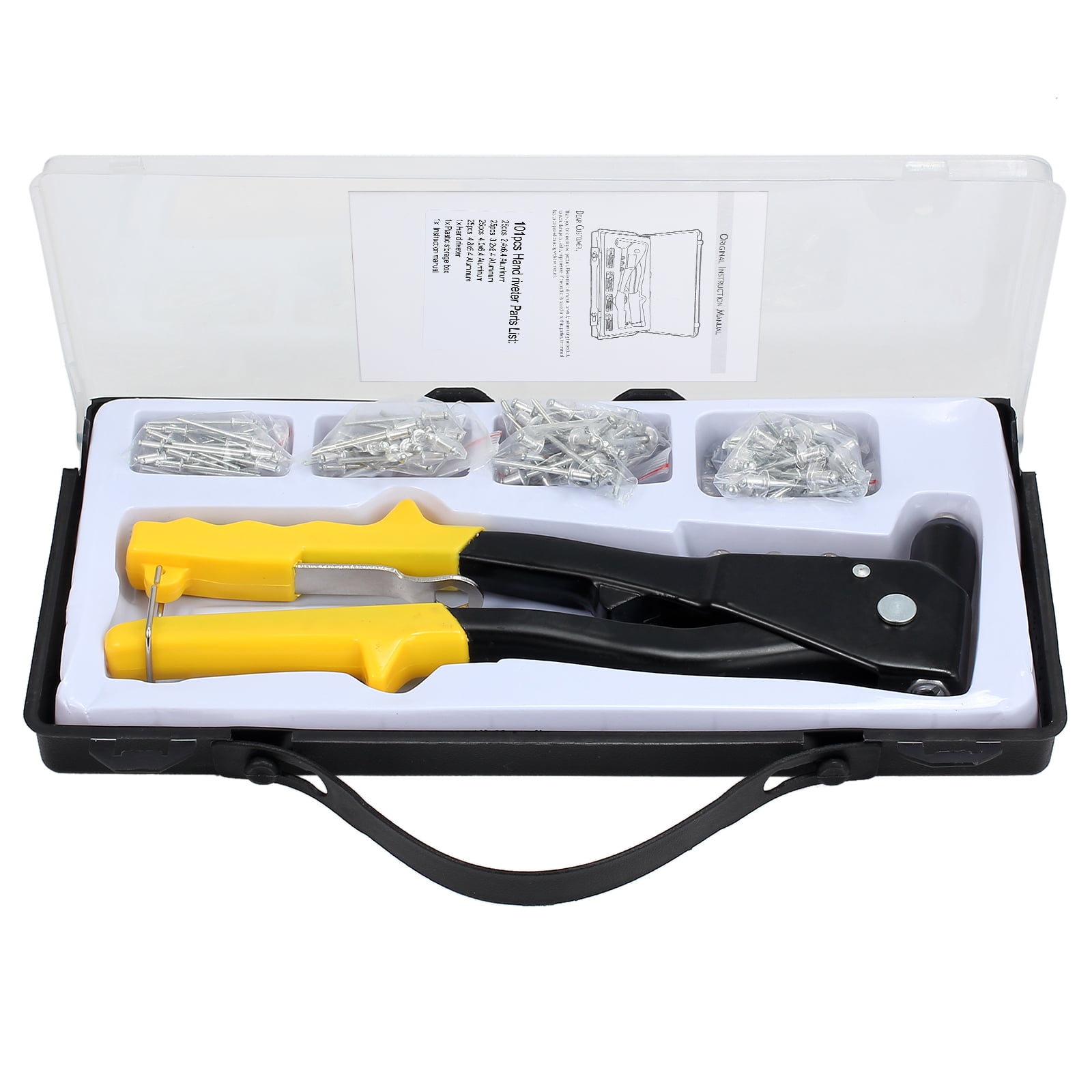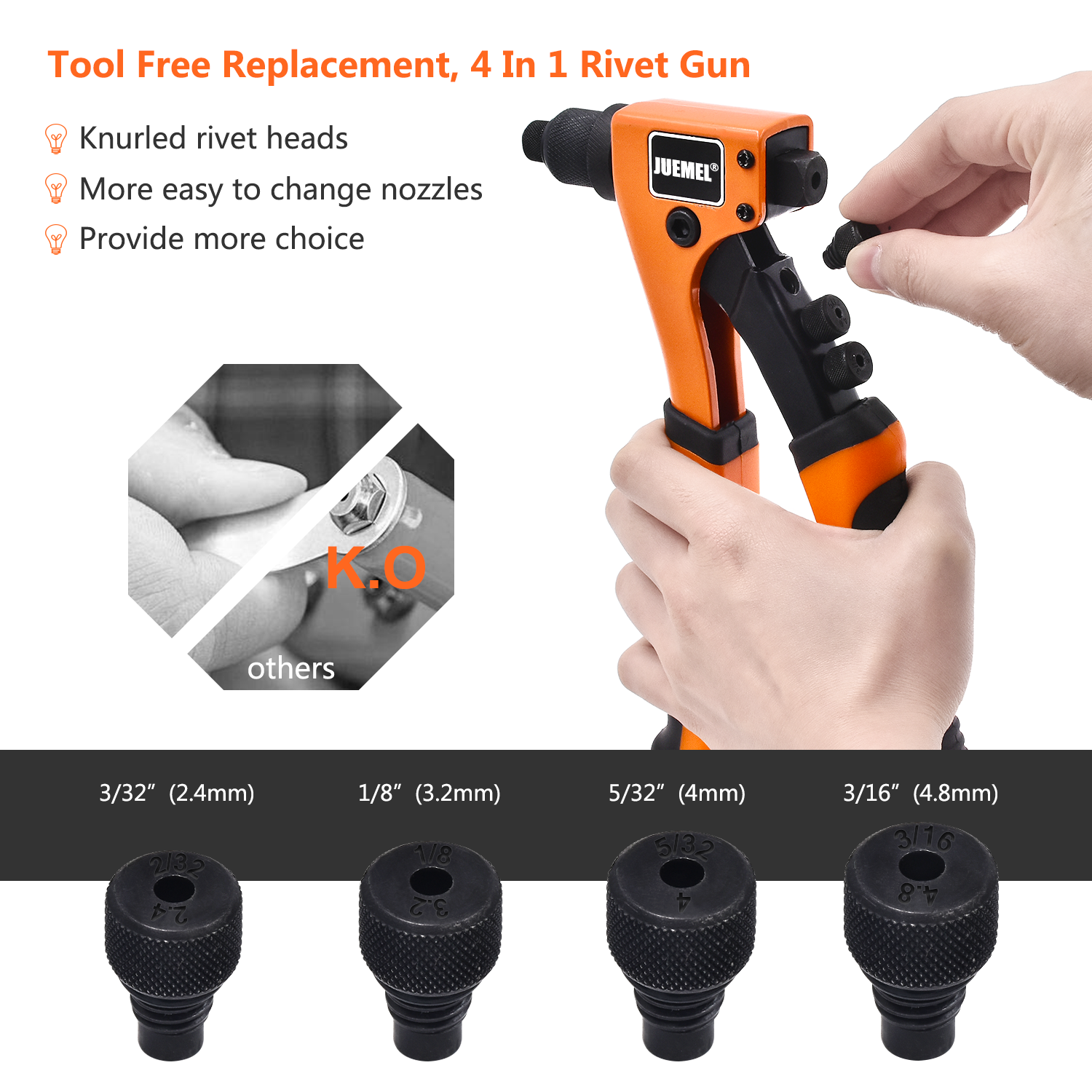
Steels with low carbon properties are suitable for rivets applications. Therefore, it is advisable to select a rivet-making material that matches the properties of the parts you are about to join together. With these vast materials, rivets now have unlimited applications. Designers and manufacturers choose these different materials to satisfy their needs. They include steel, copper, brass, aluminum, copper, and stainless steel. There are several metal materials for manufacturing rivets.

Joints put together using rivets are always heavier than those brazed or welded.Riveting does not usually guarantee a tight and leak-proof joint.The hammer blowing produces a loud noise. The riveting process results in more noise than when welding.This is because of the rivets and strap-plates in use. Welded joints have lighter weights than rivet joints.The labor cost of rivet joints is relatively high.It requires other additional work such as layouts and holes drilling. Riveting is more time and labor-consuming than welding.So, here are some of the disadvantages of riveting: There is hardly a thing with its advantage without a downside or limitations. After that, the tail takes the shape of a dumbbell. In other words, you can create a dumbbell-sized rivet by pounding or pulling to break off the tail flatter on one end and create a new head on the other head. It spread out to about one and a half times the original size. When you pound or smash the tail of the rivet, it flattens the material, which often makes the tail unfold or spread. As soon as the rivet is installed, the tail comes out at the other end, where it is deformed. The rivet fits in a drilled hole that measures about 1.5 mm more than the rivet’s diameter itself to better secure the rivet. This is because it is much simpler and more accessible. The most popular riveting process includes drilling a hole in parts to be riveted.
#PLASTIC RIVET GUN INSTALL#
You can install rivets either through drilling, punching, or placing them in a hole and deforming the tail. Rivets are quite an essential tool in machine and structure construction. Using unique installing methods with rivets helps to ensure permanent parts assembly or connection. These types of fasteners are not tightened like the usual bolt and nuts. Rivets are usually made of aluminum or steel, but there are some made with other materials. It has a head, a smooth cylindrical body, and a tail that looks more like a metallic pin. In a nutshell, a rivet is a mechanical fastener or connector with a head and tail at opposite sides. Let’s get right to it! An Overview of Rivets What i s a Rivet? This article will guide you through the various types of rivets and their uses. They are also beneficial for supporting tensile and shear loads. This makes them valuable for several applications, ranging from aircraft to submarines and sheet-metal assemblies. These rivets offer incredible fastening capabilities for both light and heavy-duty applications. Different types of rivets are available for use based on their design requirements and properties. One of these heroes in the manufacturing industry is rivets. Using some essential tools can arrange these components.

Many components and structures are put together to make up a complete part.


 0 kommentar(er)
0 kommentar(er)
